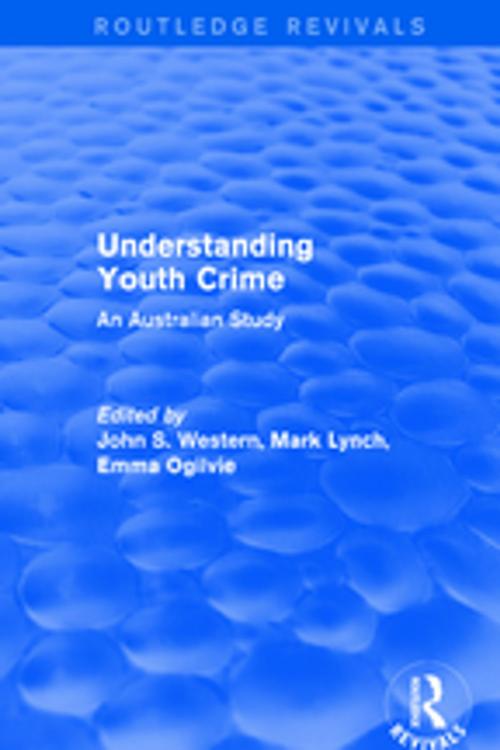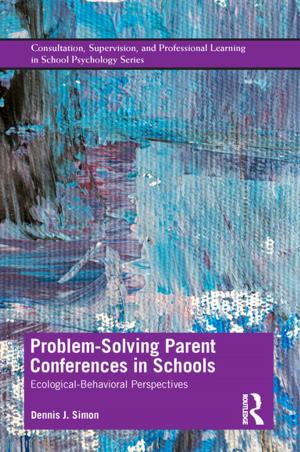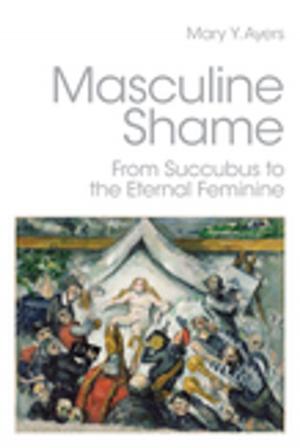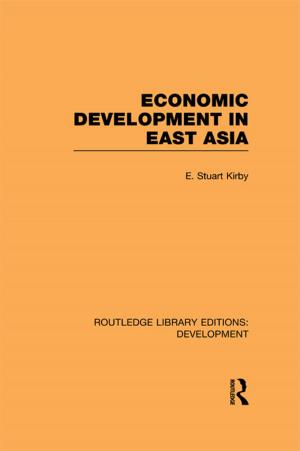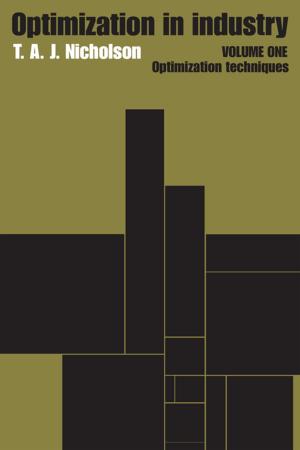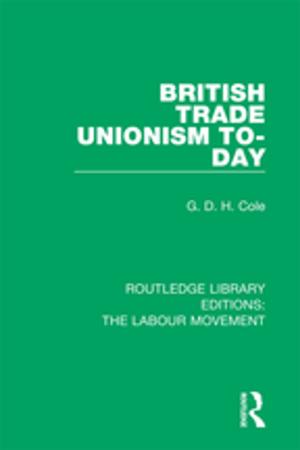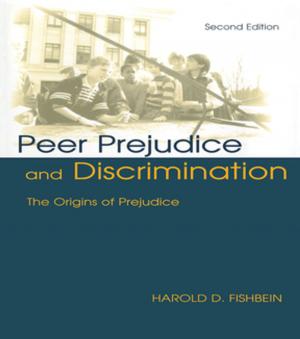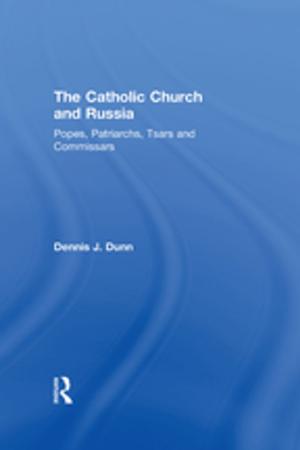| Author: | Mark Lynch | ISBN: | 9781351772839 |
| Publisher: | Taylor and Francis | Publication: | July 12, 2017 |
| Imprint: | Routledge | Language: | English |
| Author: | Mark Lynch |
| ISBN: | 9781351772839 |
| Publisher: | Taylor and Francis |
| Publication: | July 12, 2017 |
| Imprint: | Routledge |
| Language: | English |
This title was first published in 2003. Adolescence is popularly understood as a transitional phase of turbulence and extremes. It is also often associated with 'trouble'. Criminal justice statistics, however, reveal that youth criminality remains a relatively rare phenomenon, less than one percent of the total adolescent population in any given year. This exceptional book is based upon a major Australian research programme to consider the key social factors impacting upon the lives of young people. A sample of 1,300 young people was divided into three major subgroups: a 'control' group, drawn from state secondary schools and closely approximating the general population; a chronically marginalized cohort representing a 'vulnerable group', and a group of offenders, most of whom were incarcerated at the time of the research. With its rich data source and highly integrated structure, the book makes a major contribution to our understanding of adolescent criminality and associated policy both in Australia and internationally.
This title was first published in 2003. Adolescence is popularly understood as a transitional phase of turbulence and extremes. It is also often associated with 'trouble'. Criminal justice statistics, however, reveal that youth criminality remains a relatively rare phenomenon, less than one percent of the total adolescent population in any given year. This exceptional book is based upon a major Australian research programme to consider the key social factors impacting upon the lives of young people. A sample of 1,300 young people was divided into three major subgroups: a 'control' group, drawn from state secondary schools and closely approximating the general population; a chronically marginalized cohort representing a 'vulnerable group', and a group of offenders, most of whom were incarcerated at the time of the research. With its rich data source and highly integrated structure, the book makes a major contribution to our understanding of adolescent criminality and associated policy both in Australia and internationally.
